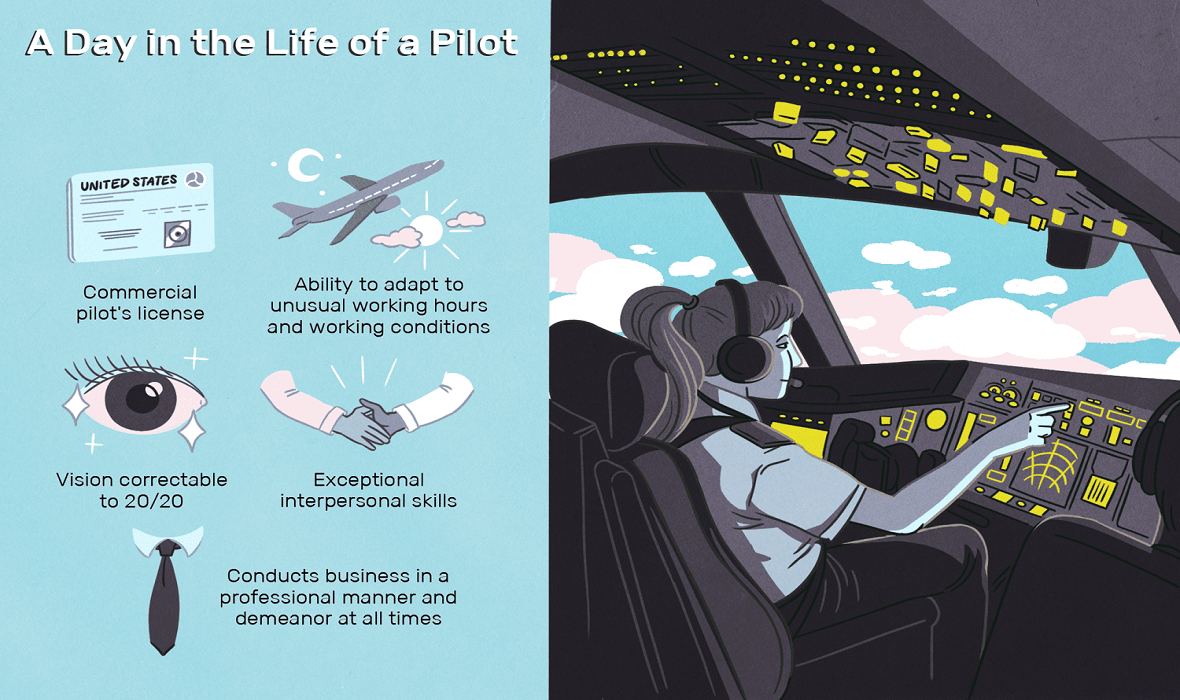Hey there, future aviator! Are you dreaming of taking to the skies and becoming a pilot in Pakistan? Well, buckle up because we’re about to lay out the flight plan for you! Here’s how you can turn your passion for flying into a reality after completing your FSC (Intermediate) education.
Step 1: Meet the Basic Requirements:
Before you can spread your wings as a pilot, you need to meet some basic requirements. These typically include:
- Being a citizen of Pakistan
- Being at least 17-18 years old (requirements may vary slightly between different flight schools)
- Having a valid passport
- Being medically fit (you’ll need to pass a medical examination conducted by a Civil Aviation Authority (CAA) approved medical examiner)
Step 2: Choose a Reputable Flight School:
Next up, you’ll need to choose a flight school where you can receive the necessary training to become a pilot. Look for flight schools that are recognized and approved by the Civil Aviation Authority of Pakistan (CAA). Do your research, visit the schools if possible, and talk to current and former students to get a feel for the quality of training they provide.
Step 3: Enroll in a Pilot Training Program:
Once you’ve selected a flight school, it’s time to enroll in a pilot training program. These programs typically consist of ground school training, where you’ll learn about aviation theory, navigation, meteorology, and aircraft systems, as well as flight training, where you’ll log hours in the cockpit learning how to operate an aircraft under the guidance of certified flight instructors.
Step 4: Obtain Required Licenses and Certificates
To fly commercially in Pakistan, you’ll need to obtain the following licenses and certificates:
- Student Pilot License (SPL): This allows you to undergo flight training under the supervision of a certified flight instructor.
- Private Pilot License (PPL): Once you’ve completed your flight training and met the required flying hours, you can apply for a PPL, which allows you to fly for recreational purposes.
- Commercial Pilot License (CPL): To fly commercially and get paid for your services, you’ll need to obtain a CPL. This requires additional training and flying hours beyond the PPL.
Step 5: Gain Experience and Build Flying Hours:
After obtaining your CPL, you’ll need to gain experience and build up your flying hours to qualify for employment as a commercial pilot. Many pilots start by working as flight instructors, charter pilots, or in other entry-level positions to gain experience and meet the minimum flying hour requirements set by airlines and other employers.
Step 6: Apply for Jobs:
Once you’ve gained the necessary experience and flying hours, it’s time to start applying for pilot positions with airlines, charter companies, government agencies, or other aviation organizations. Keep an eye on job postings, network with industry professionals, and be prepared to go through the interview and selection process.
Conclusion:
Becoming a pilot in Pakistan after FSC is an exciting journey that requires dedication, hard work, and a passion for aviation. By following these steps and staying focused on your goal, you can turn your dream of flying into a reality and embark on a thrilling career in the skies! So, are you ready to spread your wings and take flight? The sky’s the limit!



